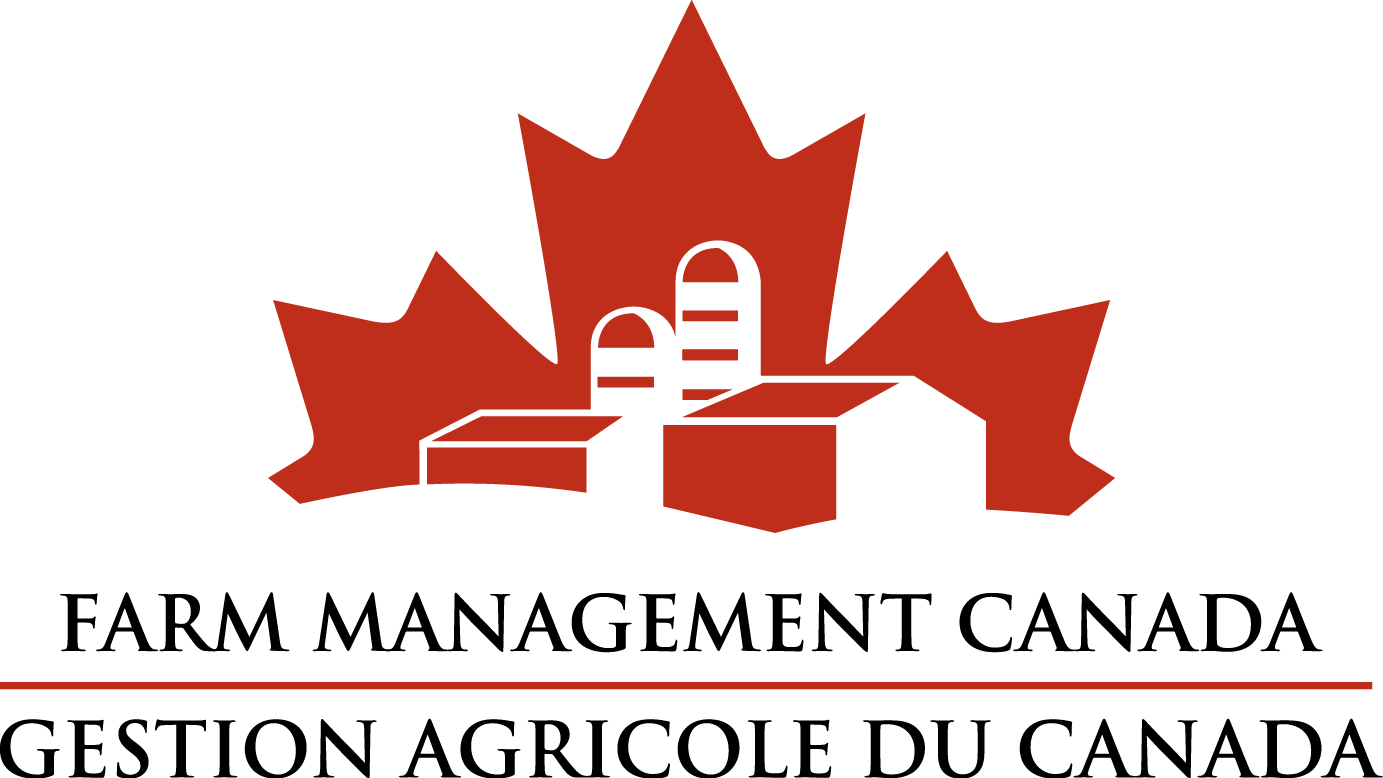 At the Biodiversity Institute of Ontario located at the University of Guelph, Dr. Steven Newmaster is using high-tech DNA barcoding to positively identify weeds. Call it CSI – crop science investigation – if you like, but those same DNA techniques used on crime shows are helping weed experts develop better tools to help farmers, weed inspectors and agronomists track down weeds.
At the Biodiversity Institute of Ontario located at the University of Guelph, Dr. Steven Newmaster is using high-tech DNA barcoding to positively identify weeds. Call it CSI – crop science investigation – if you like, but those same DNA techniques used on crime shows are helping weed experts develop better tools to help farmers, weed inspectors and agronomists track down weeds.
“We want to develop a DNA profile for weed species in Ontario. This will help us develop a quick and cheap identification tool,” says Newmaster.
The Biodiversity Institute includes the Canadian Centre for DNA Barcoding and the BioHerbarium, in addition to the OAC Insect Collection and Experimental Ecosystems research divisions. The Institute is working to understand the species and ecosystems in Ontario so that the diversity of life can be better protected.
A challenge in weed control is that when a weed is most easily controlled isn’t when it is most easily identified. Weeds targeted might not be controlled by a herbicide application, resulting in increased costs and pressure on the ecosystem. DNA barcoding will ensure accurate identification. It will help identify trends in weed distribution throughout the province.
The barcoding project could also help assess weed problems outside of the growing season. For example, soil test cores could also provide an analysis of annual and perennial weeds found in the field. Hay bales or silage could also be probed to find out if a poisonous plant is found within the samples.
Wanted: your weeds
To develop the DNA barcoding identification tool, Newmaster first has to collect weed specimens, have them identified and then map their DNA. To do that, he is asking farmers and agronomists to send in weed samples to the Biodiversity Institute so they can build up their database. The weeds can be from fields or field borders, and Newmaster is especially interested in hard-to-identify weeds. He will identify them for free, but you have to send them to him. The program runs until freeze-up.
Newmaster says the plant samples should arrive at the herbarium no later than three weeks after they are collected. Samples should be placed in NEWSPAPER and placed under some kind of weight until mailed. If the specimen is thick or succulent use more newspaper. The idea is to flatten and dry the specimen as quickly as possible. Specimens placed in plastic go to mush very quickly and are not identifiable prior to DNA analysis.
The information should include:
- Location: Latitude and Longitude or County, Township, Lot and Concession or Global Positioning Co-ordinates or description of the location eg. 500 meters east of the junction of Hwy. 58 and Stanley St. in Ayr, Ontario.
- Habitat: For example, found on the edge of a corn field or found in a ditch beside a tobacco field or found along a stream bank or found along the highway shoulder. And you can describe the type of soil or drainage if you know it. Eg. Low depression in a corn field which floods when it rains.
- A couple of digital pictures would be ideal, a close-up (flower or fruit or some notable characterss) and a long shot (whole plant). E-mail the photos to: [email protected]
- Remarks: These are optional. For example, you could put: sample found with about 100 other plants of the same kind or single plant found with other weeds; or flower colour a bright orange.
- Date: The date you collected the sample.
- Collector Name and contact information: The person who collected the sample. May be more than one person.
Put the flattened newspaper between cardboard even if the sample is not dry and mail it to: Carole Ann Lacroix, Science Complex, University of Guelph, GUELPH, ON N1G 2W1.
“We have had a lot of help so far, but some of the weeds are hard to find, so we are still looking for samples,” says Newmaster.
He suggests contacting Lacroix via phone or email to see if a prospective weed sample has been barcoded – a digital photo would help in the process.
“I would say that about half the time, weed identification in the field is incorrect. DNA profiling is always correct, and it will mean better weed management,” says Dr. Steven Newmaster.
CONTACT:
Carole Ann Lacroix
Curator Bio Herbarium University of Guelph
519 824-4120 ex 56444
[email protected]
WEBSITES:
http://www.biodiversity.ca/index.html
http://www.ccdb.ca/
